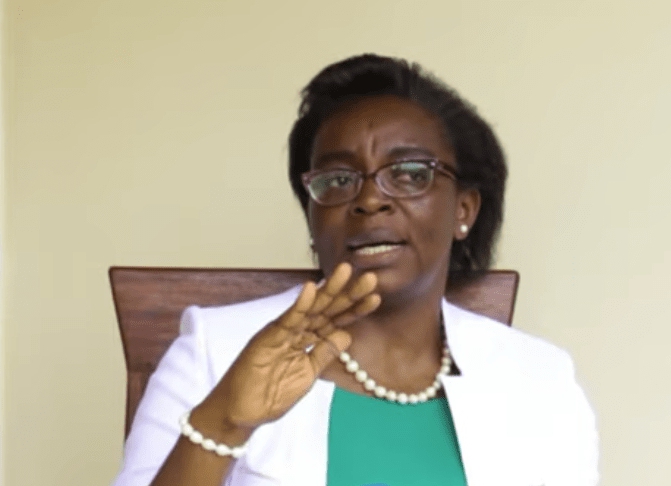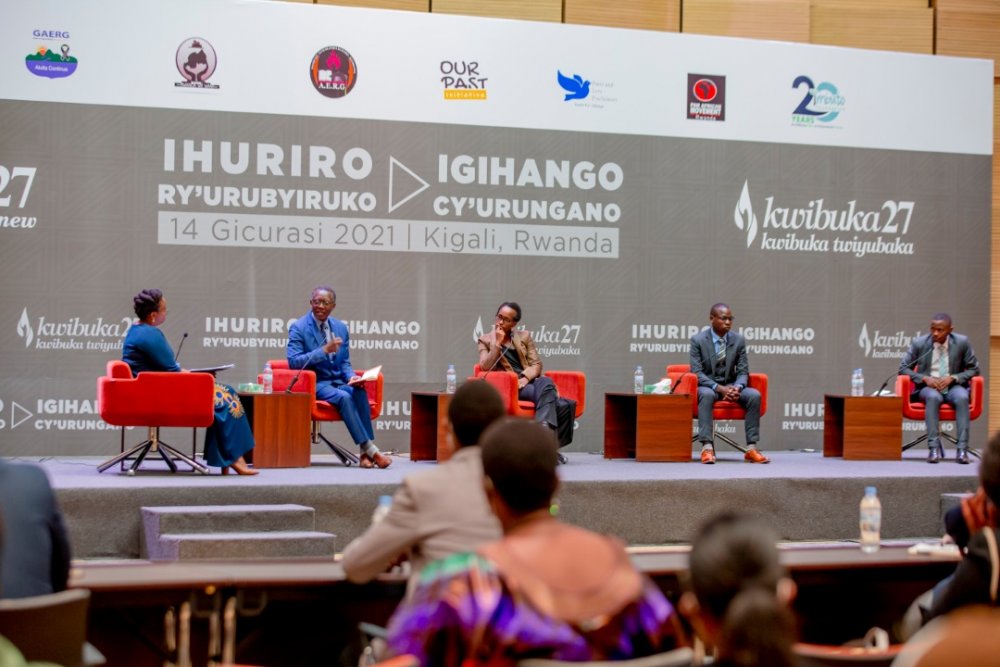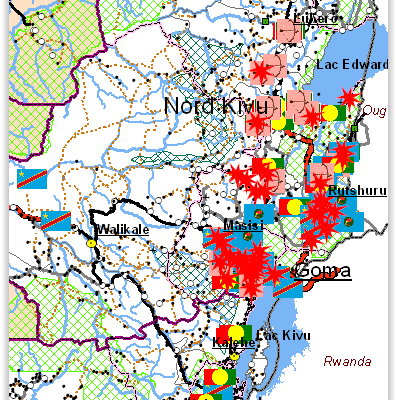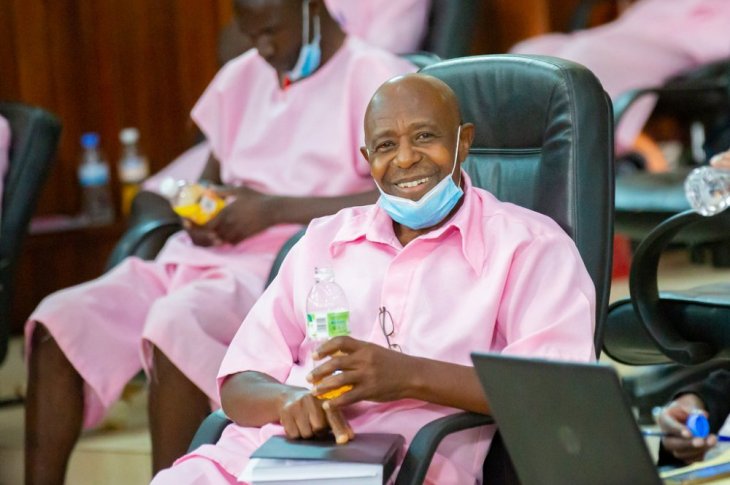Regional
Auto Defense Civile proves genocide against Tutsi was no spontaneous act
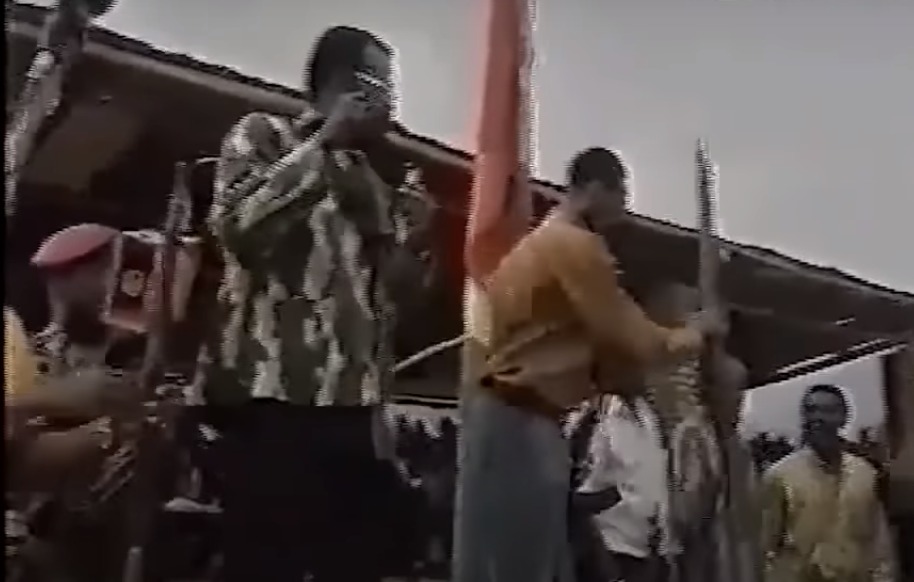
At the height of the genocide, in early June 1994, the Kambanda government also revived the “Auto-defense Civile” programme to accelerate the extermination of the remaining Tutsi.
Many genocide perpetrators, genocide deniers and their
backers often advance the theory that the mass killings of the Tutsi, 27 years
ago, were triggered by a sudden rage by the Hutu following the shooting down of
President Habyarimana’s plane on April 6, 1994. The 1994 genocide which claimed
more than one million Tutsi was not accidental. It was meticulously planned and
carried out by Hutu extremists.
One key element of this planification was the creation of
what was called “Auto-Defense Civile”,
an operation which was aimed at killing the Tutsi throughout the whole country.
It consisted of selecting reliable and capable Hutu youths for military
training. Upon completing the course, they would return to their respective
communes of origin. They would be supplied with weapons to train other youths
to use to massacre the so-called enemies, the Tutsi.
According to the National Commission for the Fight against
Genocide (CNLG), the idea of putting in place the “Auto-defense Civile” was not
a new idea. It was first initiated by President Juvenal Habyarimana in 1991,
shortly after the launch of the RPF Liberation War, in October 1990.
The French officer, Lt Col Gilbert Canovas, who was an
adviser to the Commander-in-Chief of the government forces wrote in his report dated April 30, 1991
suggesting that “there is need to arm and train ordinary citizens from Umutara
area, especially in the former Muvumba and Rutare communes.” It is alleged that
there was another meeting on July 9, 1991, chaired by Gen Augustin Ndindiriyimana,
Minister of Internal Security, which brought together officials from the
military and the presidency. It was concluded that “citizens should be provided
with enough equipment to fight for national sovereignty so that no one will
dare attack the country again in the future.”
As time passed-by, the enemy was clearly defined as “no
longer in Uganda only, but inside the country too.” The Tutsi population was
therefore seen as the fifth column. The CNLG report indicates that President
Habyarimana himself gave a green light
for arming ordinary citizens to kill the Tutsi seen as “the enemy of Rwanda”
who must be “sought and killed”.
Another
document was prepared and secretly published on September 21, 1992. It was
signed by Colonel Deogratias Nsabimana, the former Commander in Chief of the
Rwandan armed Forces. He shared it with President Habyarimana, the military and
gendarmery leaders across the country so that it can be taught to the soldiers
and gendarmes. That document is one of
the highlights of the Genocide against the Tutsi preparation by the government
which actively disseminated genocide ideology material.
In
line with implementing this murderous strategy, on September 29, 1991, Col
Deogratias Nsabimana, who was Chief of Defence Staff in Mutara informed the
Minister of Defence about the distribution of weapons to citizens of that
region. A total of 1,760 arms were reportedly handed out.
In
late January 1993 and early February 1993, Col Theoneste Bagosora
also led an operation to distribute weapons in the northern parts of the
country. He was accused at the International Criminal Tribunal for Rwanda
(ICTR) of handing out 500 arms to civilians in Mutura, Giciye, Rubavu and
Rwerere communes in former Gisenyi prefecture.
As soon as the RPF deployed 600 troops in Kigali on December
28, 1993, the Rwanda government and its forces were not happy and started
genocide mobilisation by intensifying Interahamwe militias training and
consolidating the “Auto-defense Civile”. According to CNLG’s report, as part of accelerating this
programme, the regime deployed high-ranking military officers to coordinate the
build-up of this scheme.
Hutu youths were selected for military training and were
given guns, ammunition, and grenades. But the government also set up a
mechanism to buy machetes and distribute them to the public in a short period
of time.
Those machetes were used by the killers during the Genocide.
In February 1994, an employee of the British company CHILLINGTON confirmed that
their company had already sold many machetes to Rwanda in a few months, more
than those which had been imported throughout the entire 1993. Documents for
import licenses reviewed by Human Rights Watch between January 1993 and March
1994 show that 581 tons of machetes were imported into Rwanda. The imported
machetes cost Rwf95 million donated by one Félicien Kabuga.
According to British Newspaper, The Sunday Times of November
24, 1996, between August and December 1993, CHILLINGTON sold other machetes to
two employees of the Rwandan company called RWANDEX, Eugène Mbarushimana and
François Burasa. Mbarushimana who was an employee of RWANDEX was the son-in-law
of Kabuga and the Secretary General of the Interahamwe at national level.
Burasa was a retired soldier and a member of the Hutu
extremist party the Coalition for the Defence of the Republic (CDR), and a brother
of Jean Bosco Barayagwiza, one of the party's top leaders. The acquisitions and
distribution of machetes among civilians who had been given military training
was part of the "auto defense civile" program identified in the
Bagosora agenda.
British author and journalist, Linda Melvern, has also
detailed the planning for a possible genocide. After combing through bank
archives and government documents she reveals, for instance, that in 1993 the
government of Rwanda imported, from China, three quarters of a million dollars’
worth of machetes - enough for one new machete for every third male.
At the height of the genocide, in early June 1994, the
Kambanda government also revived the “Auto-defense Civile” programme to
accelerate the extermination of the remaining Tutsi.
According
to the CNLG report, a diary belonging to
Pauline Nyiramasuhuko, then Minister for Family Welfare and the advancement of
Women, indicated that on June 10, 1994, a government meeting was held to review
several issues. But the hot topic on the agenda was how “auto-defense civile ''
would be expedited countrywide. It was agreed that to obtain sufficient
firearms, each trader was required to purchase at least two firearms, one
belonging to him and the other to the neighbours in the area where he lived. It
was also decided that these guns be distributed in schools so that each school
has 10 guns.
The
meeting also pointed out that there is a need to put more effort into
"auto-defense civile" in Gisenyi Prefecture because it was not
carried out to the desired level. However, they were happy with how it was
being carried out in Butare Prefecture and hence an extra Rwf 2 million was
given to Butare to continue the program. In addition, serving military officers
or retired ones were put in charge of coordinating the operation of eliminating
the remaining Tutsi in different parts of the country.


